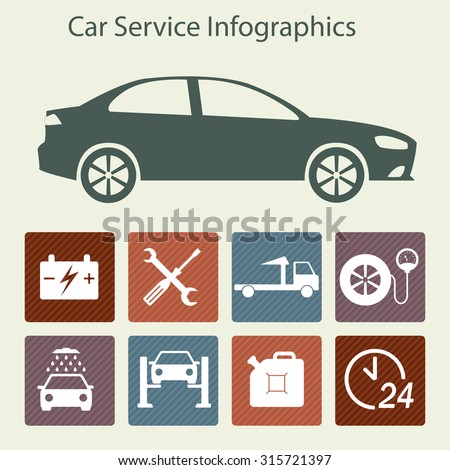Interested In Recognizing The Warning Lights On Your Cars And Truck'S Dashboard? Discover Their Relevance For Your Automobile'S Safety And Security And Overall Condition
Interested In Recognizing The Warning Lights On Your Cars And Truck'S Dashboard? Discover Their Relevance For Your Automobile'S Safety And Security And Overall Condition
Blog Article
Write-Up By-Lim Corbett
When you lag the wheel, those beautiful caution lights on your dashboard can be a bit perplexing. Do you understand what they're attempting to tell you concerning your auto's health? Comprehending the significance of these lights is essential for your safety and security and the long life of your vehicle. So, the next time one of those lights turns up, would not you want to decode its message properly and take the necessary steps to address it?
Common Warning Lights and Interpretations
Determine typical caution lights in your cars and truck and understand their definitions to make sure risk-free driving.
One of the most regular warning lights include the check engine light, which signals problems with the engine or discharges system. If this light comes on, it's essential to have your vehicle checked quickly.
The oil stress cautioning light indicates reduced oil stress, needing instant interest to stop engine damages.
A blinking battery light may suggest a malfunctioning billing system, possibly leaving you stranded otherwise dealt with.
The tire stress surveillance system (TPMS) light informs you to reduced tire stress, affecting vehicle stability and gas efficiency. Disregarding this can bring about dangerous driving problems.
The abdominal light indicates an issue with the anti-lock braking system, jeopardizing your capability to stop quickly in emergency situations.
Last but not least, the coolant temperature warning light warns of engine overheating, which can cause serious damages if not settled promptly.
Understanding these usual caution lights will certainly help you deal with problems immediately and maintain safe driving conditions.
Significance of Prompt Interest
Recognizing the typical caution lights in your vehicle is just the first step; the significance of quickly dealing with these warnings can't be emphasized sufficient to ensure your safety and security on the road.
When a warning light illuminates on your dashboard, it's your vehicle's means of interacting a potential concern that needs interest. Overlooking https://edwinsizqg.izrablog.com/30488944/seasonal-cars-and-truck-care-vital-automobile-detailing-tips-for-every-single-season can cause much more extreme problems later on, jeopardizing your safety and security and potentially costing you extra in repairs.
car detailing equipment to cautioning lights can protect against malfunctions and mishaps. For instance, a flashing check engine light can suggest a misfire that, if left unattended, could cause damage to the catalytic converter. Resolving this promptly can conserve you from a pricey repair.
Likewise, a brake system alerting light might signal reduced brake fluid or used brake pads, crucial parts for your safety when driving.
Do It Yourself Troubleshooting Tips
If you discover a caution light on your control panel, there are a couple of do it yourself troubleshooting ideas you can try prior to looking for expert aid.
The primary step is to consult your auto's guidebook to recognize what the particular caution light shows. In some cases the issue can be as simple as a loose gas cap setting off the check engine light. Tightening https://www.thisisardee.ie/2022/07/26/car-repair-services-market-2022-global-insights-and-business-scenario-continental-3m-company-monro-advance-auto-parts/ might solve the issue.
One more common issue is a reduced battery, which can cause numerous warning lights. Inspecting the battery links for deterioration and ensuring they're secure could fix the issue.
If a warning light persists, you can try resetting it by detaching the vehicle's battery for a couple of mins and after that reconnecting it. In addition, examining your car's fluid levels, such as oil, coolant, and brake fluid, can help fix cautioning lights associated with these systems.
Final thought
In conclusion, understanding your car's caution lights is important for keeping your automobile running smoothly and securely. By immediately dealing with these notifies and knowing what they imply, you can avoid costly repair work and possible failures.
paintcorrectionnz in mind to consult your auto's handbook for specific information on each cautioning light and act as necessary to guarantee a hassle-free driving experience.
Keep notified, stay secure on the road!
